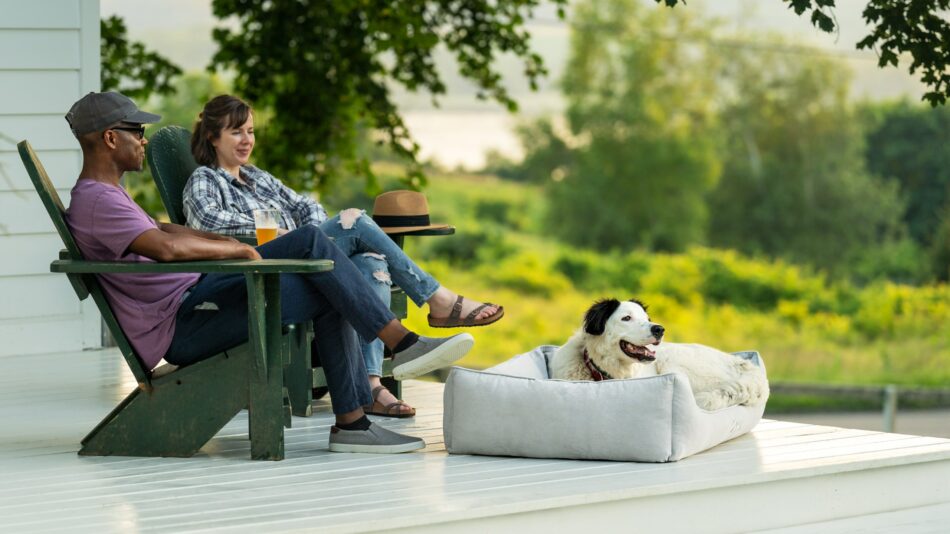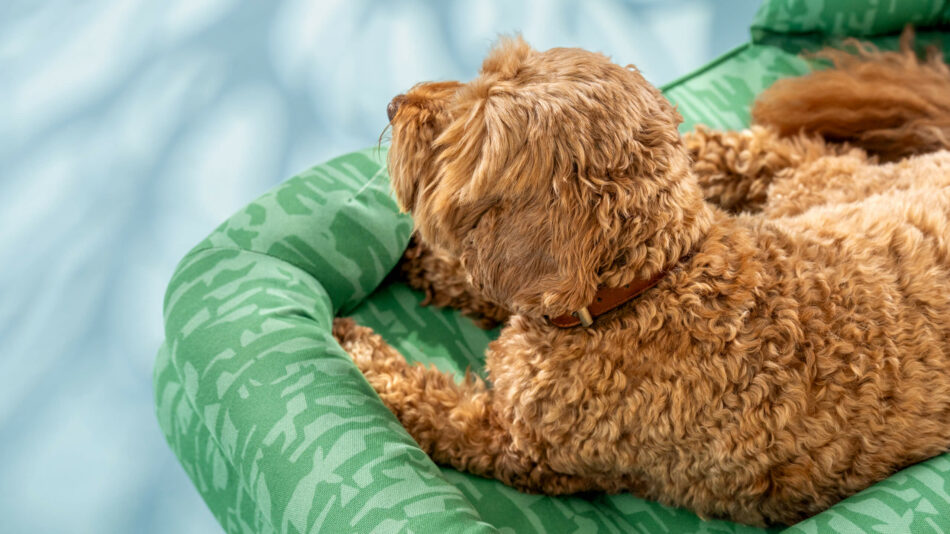Getting your dog back into a routine after the holidays
As the summer fades and the holiday season comes to a close, many of us are returning to our regular routines—school runs, work schedules, and daily responsibilities. While we might feel the effects of this shift, our dogs are feeling it too. Just like us, they thrive on routine, and the disruptions that come with holidays and summer breaks can leave them a bit out of sync. Getting your dog back into their usual routine is essential for their well-being and happiness.

Why dogs fall out of their routine
Summer is a time of fun and relaxation, but it’s also a time when schedules can go haywire. Whether it’s late-night barbecues, impromptu weekend getaways, or kids being home all day, the regularity of life tends to take a backseat. Dogs, who rely on consistency, might have found themselves eating meals at odd hours, sleeping in unusual spots, or going on walks at different times. These changes, while temporary, can disrupt their sense of stability. As we gear up to return to normal life, it’s important to understand why your dog may have fallen out of their usual routine so you can help them transition smoothly.
Signs your dog has fallen out of their routine
It’s not always easy to tell if your dog is feeling the effects of a disrupted routine, but there are a few signs to watch for. Your dog might seem more anxious or restless, pacing around the house or whining when left alone. You might notice changes in their behavior, such as becoming more clingy or, conversely, more aloof. Sleeping patterns can also be affected; if your dog is waking up in the middle of the night or sleeping much more during the day, it could be a sign that they’re out of sync. Even digestive issues, like irregular bowel movements, can indicate that your dog’s routine has been disrupted.
Top tips for getting your dog back into a routine
- Re-establish regular meal times
Start by setting a consistent schedule for feeding times. Dogs love knowing when to expect their meals, and this can be a comforting anchor in their day. Gradually ease them back into their normal eating times if they’ve been snacking throughout the day or eating at irregular hours. If possible, try to stick to the same location for feeding as well—whether it’s the kitchen or a specific spot in the house, consistency is key.
- Resume walks and playtime on a schedule
If your dog’s walks or playtimes have been irregular, begin to reintegrate these activities into a set routine. Dogs need physical exercise not just for their health, but also for mental stimulation. Try to take them out at the same times each day, whether it’s a walk before you leave for work, during lunch, or after dinner. Consistent playtime, whether it’s a game of fetch or tug-of-war, can also help re-establish a routine and burn off any extra energy they may have accumulated over the summer.
- Practice leaving the house
If your dog has grown accustomed to having everyone around all the time, the return to school and work can be a shock. Start practicing leaving the house for short periods to get them used to being alone again. Gradually increase the time you’re away to help them adjust to the quiet house. This practice can help reduce anxiety and make the transition smoother when you eventually return to a full day of work or the kids go back to school.
Addressing separation anxiety
For some dogs, especially those who have spent the summer with constant company, the return to a quieter house can trigger separation anxiety. This condition can manifest in various ways, from destructive behavior to excessive barking or even depression. To help manage separation anxiety, create a comforting environment for your dog when you’re not home with a comfortable dog bed for them to retreat to.
Leave them with toys that stimulate their mind, like puzzle feeders, or consider leaving the radio or TV on for some background noise. Establish a calm and reassuring goodbye routine, and avoid long, drawn-out departures that can heighten their anxiety. In severe cases, you may need to consult with a vet or a professional dog behaviorist for additional strategies.
Getting new dogs into a routine
If you’ve recently welcomed a new dog into your family, now is the perfect time to establish a routine. Dogs, especially those new to a home environment, crave stability. Start by setting clear and consistent times for meals, walks, and sleep. Keep their living space tidy and predictable, with their bed, toys, and dog bowl in the same spots each day. Introduce them to the routine gradually, giving them time to adjust without overwhelming them with too many changes at once. The earlier you establish these habits, the more secure and settled your new dog will feel in their new home.
Omlet and your dog
At Omlet, we understand the unique bond between pets and their people, and we’re here to help you navigate every phase of life with your dog. From cozy dog beds that offer a sense of security to toys that keep your dog entertained and mentally stimulated, Omlet celebrates the connection between you and your pet, making every day easier and more enjoyable.
As you transition back into the rhythm of daily life, remember that your dog is adjusting too. With patience, consistency, and the right support, you can help them get back on track and thrive in their routine once again.
This entry was posted in Dogs

